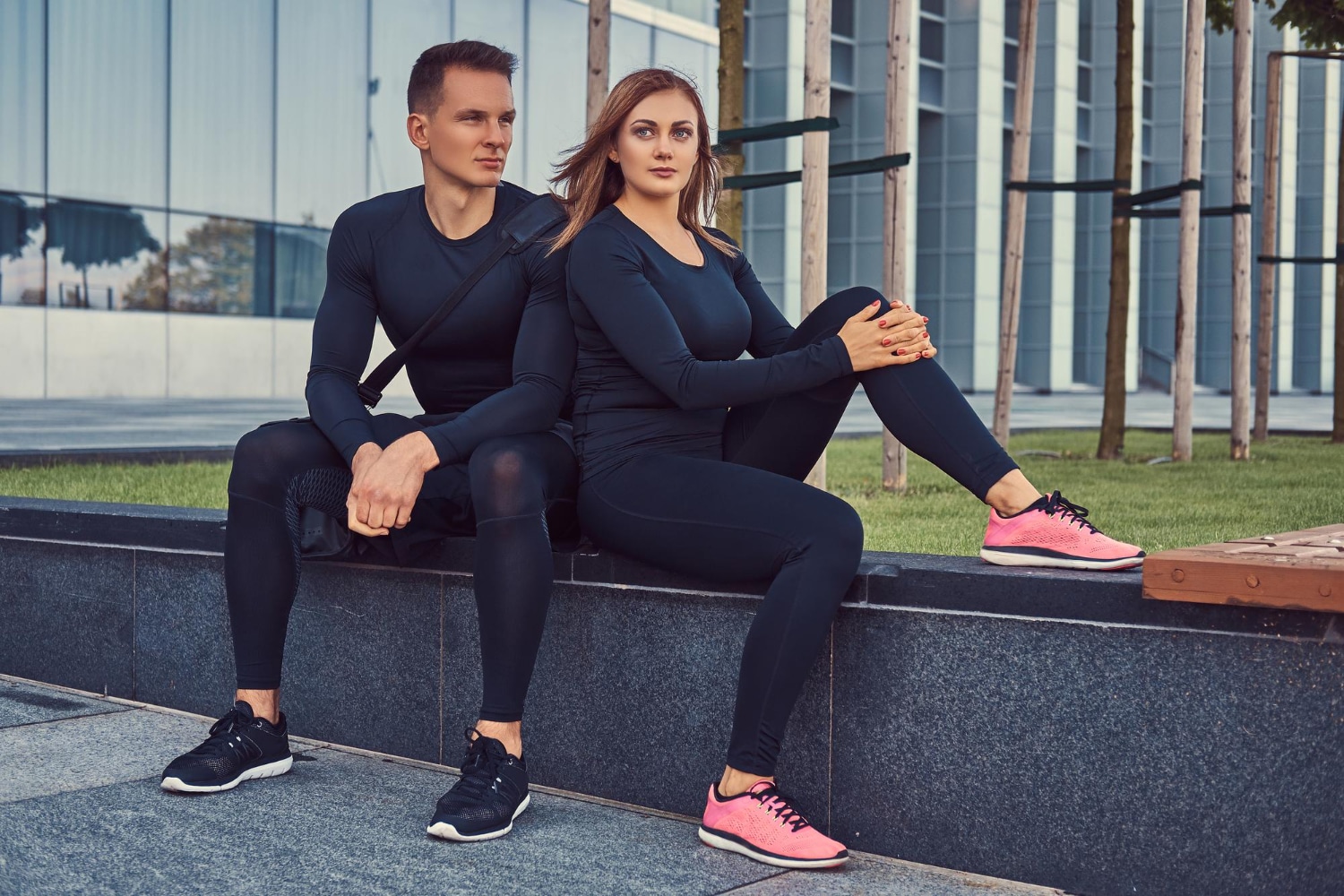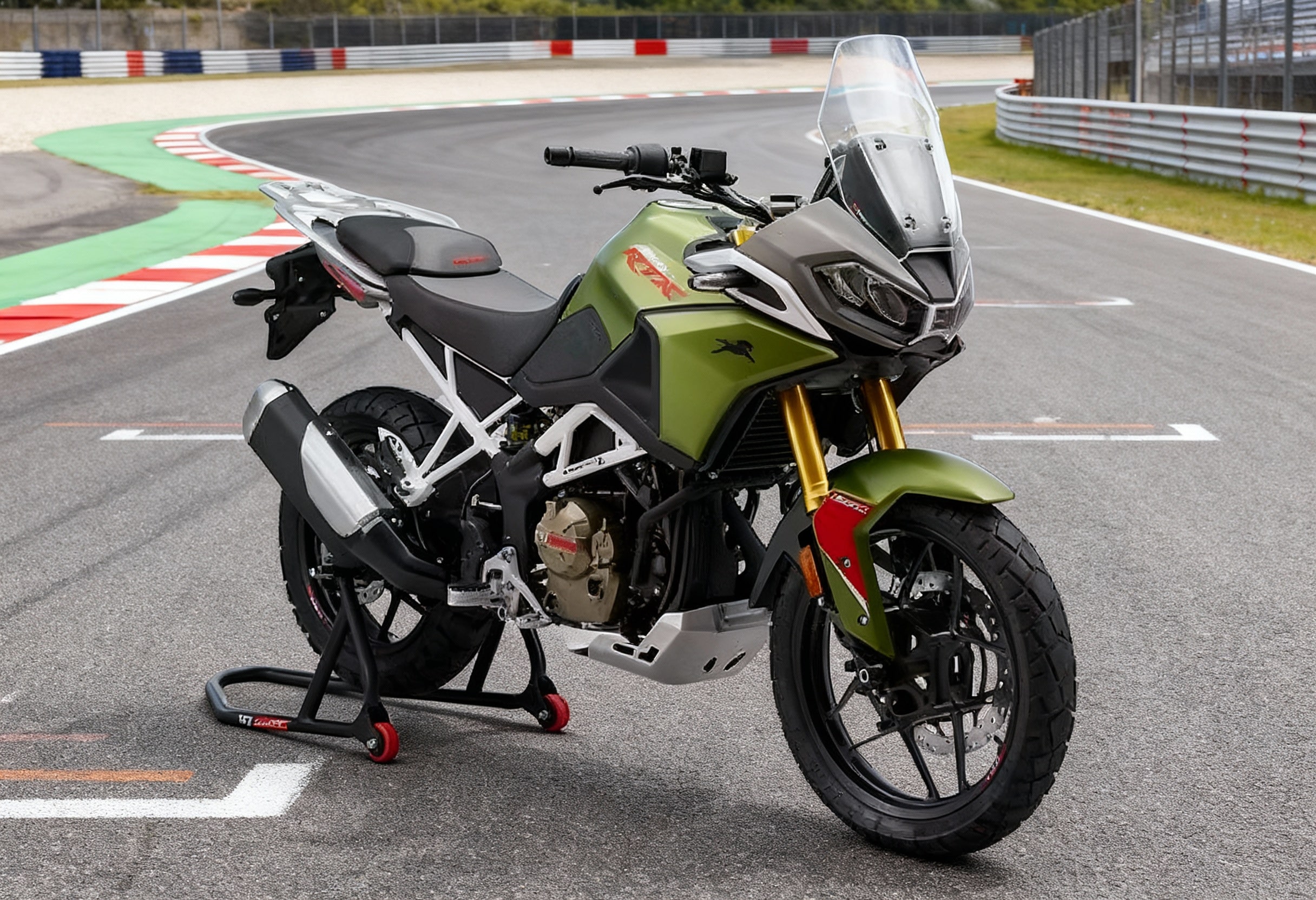Walking into a gym for the first time can feel a bit intimidating. You’re surrounded by seasoned gym-goers who seem to have their routines down pat, and suddenly you’re wondering: “Am I wearing the right thing?” Trust me, you’re not alone in this concern. The clothes you wear to the gym might seem like a minor detail, but they can significantly impact your workout performance, comfort, and even your motivation to keep showing up.
After years of observing fitness trends and speaking with trainers, athletes, and everyday gym enthusiasts, I’ve learned that proper gym attire isn’t about looking like you walked off a fitness magazine cover. It’s about functionality, comfort, and confidence. Let’s dive deep into what actually works when it comes to gym clothing for both men and women.
Why Your Gym Clothes Actually Matter
Before we get into specific outfit recommendations, let’s talk about why this matters in the first place. Your workout clothes serve several crucial purposes beyond just covering your body.
First, the right fabrics can regulate your body temperature. When you’re pushing through that last set of burpies or holding a plank until your arms shake, your body generates serious heat. Moisture-wicking materials pull sweat away from your skin, helping you stay cool and preventing that uncomfortable, clammy feeling that can distract you from your workout.
Second, proper fit affects your range of motion. Try doing deep squats in restrictive jeans, and you’ll immediately understand why flexibility matters. Your clothes should move with you, not against you.
Third, and this often gets overlooked, the right workout gear can boost your confidence. There’s something about putting on proper gym attire that mentally prepares you for the work ahead. It’s like putting on armor before battle—you feel ready to conquer whatever challenge awaits.
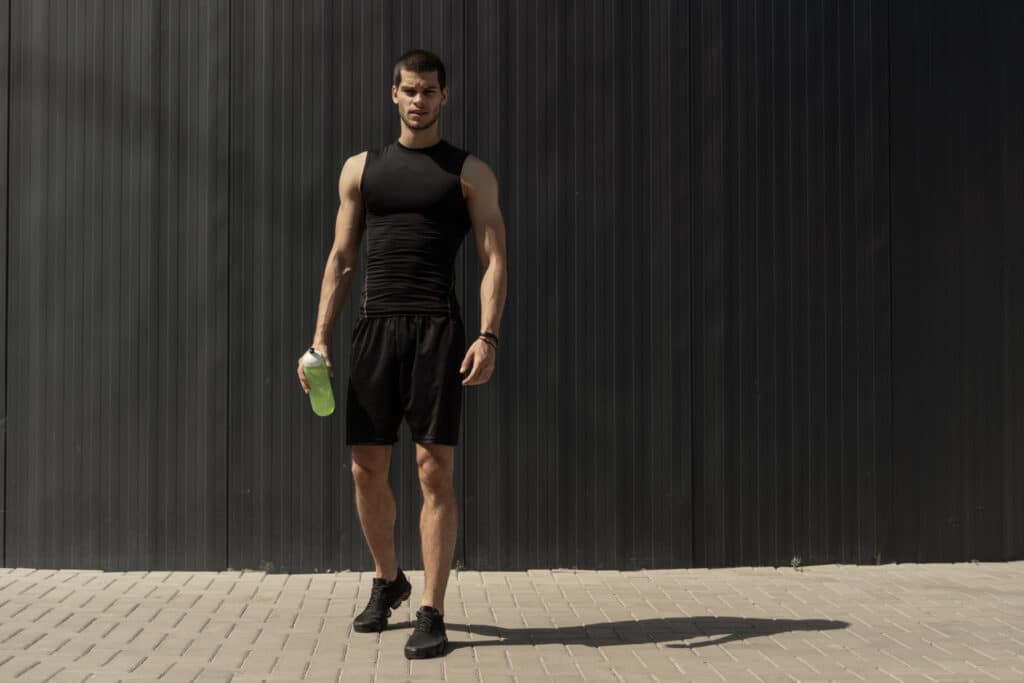
Essential Gym Clothes for Men
Let’s start with the essentials that every man should have in his gym wardrobe. These pieces form the foundation of versatile, functional workout attire.
The Perfect Workout Shirt
Your choice of shirt depends largely on your workout style and personal preference, but the fabric is non-negotiable. Look for moisture-wicking materials like polyester, nylon, or specialized athletic blends. Cotton might feel comfortable initially, but it absorbs sweat and stays wet, which can lead to chafing and discomfort.
- Tank tops work great for hot yoga, intense cardio sessions, or if you’re someone who runs particularly hot during workouts. They offer maximum breathability and unrestricted arm movement for overhead presses or pull-ups.
- T-shirts are the most versatile option. Go for a comfortable fit—not too tight, not too loose. Athletic fit t-shirts provide enough room to move without looking like you’re drowning in fabric. They’re suitable for everything from weightlifting to running.
- Long-sleeve shirts are perfect for outdoor winter workouts or if you prefer more coverage. Many modern athletic long-sleeves feature thumb holes to keep your sleeves in place and provide extra hand warmth.
Shorts and Pants That Actually Work
The debate between shorts and pants often comes down to personal preference and the type of workout you’re doing.
- Athletic shorts should hit somewhere around mid-thigh. Too long, and they’ll restrict your movement; too short, and you might feel self-conscious. Look for shorts with a liner for support and choose fabrics that dry quickly. Some shorts come with zippered pockets—a game-changer if you need to keep your phone, keys, or gym locker key secure during your workout.
- Joggers and track pants have become increasingly popular in recent years, and for good reason. They’re perfect for cooler weather, outdoor runs, or if you simply prefer more coverage. Modern joggers made from technical fabrics offer stretch and breathability without the bulk of traditional sweatpants.
- Compression pants or tights have moved from niche athletic wear to mainstream gym staples. Many men wear them as a base layer under shorts for added support and muscle compression, which some studies suggest may help reduce muscle fatigue and improve recovery.
For those looking to build a complete wardrobe of functional and stylish options, checking out specialized collections can provide great inspiration. You can explore more ideas for gym clothes for men to find pieces that match your workout style.
The Foundation: Proper Undergarments
This might not be the most glamorous topic, but it’s crucial. Regular underwear simply doesn’t cut it for intense physical activity. Invest in athletic underwear or compression shorts designed specifically for movement. They prevent chafing, provide support, and use moisture-wicking fabrics that keep you comfortable throughout your workout.
Footwear: Your Most Important Investment
Your shoes might be the single most important piece of gym equipment you own. The right footwear provides support, stability, and can prevent injuries.
- Cross-training shoes are the Swiss Army knife of gym footwear. They’re designed to handle various activities—weightlifting, light running, agility drills—making them perfect if you do varied workouts.
- Running shoes are essential if running or cardio is a significant part of your routine. They’re engineered with cushioning to absorb impact and support your natural gait.
- Weightlifting shoes feature flat, firm soles that provide stability during heavy lifts like squats and deadlifts. If you’re serious about strength training, these are worth the investment.
The key is matching your shoe to your primary activity. Wearing running shoes for heavy squats or lifting shoes for a 5K run won’t give you the support you need.
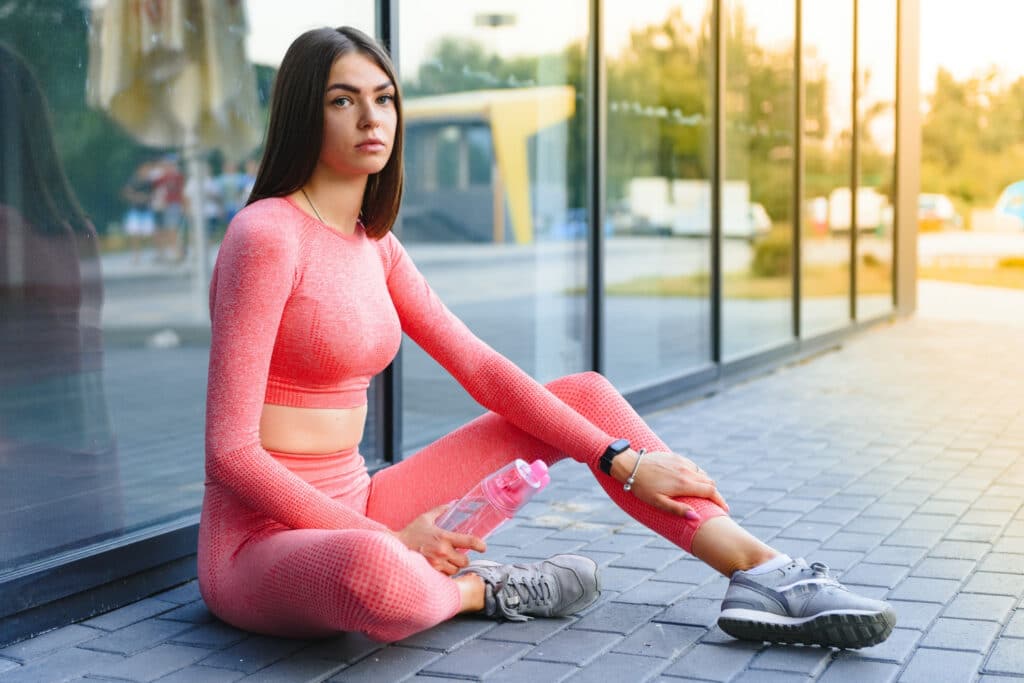
Essential Gym Clothes for Women
Women’s gym wear has evolved dramatically over the past decade, offering countless options that balance function, comfort, and style. Here’s what actually works.
Sports Bras: The Foundation of Every Workout
Let’s be real—a good sports bra can make or break your workout. The level of support you need depends on your cup size and the intensity of your activity.
- Low-impact sports bras work well for yoga, pilates, walking, or light stretching. They typically have lighter support and simpler construction.
- Medium-impact sports bras are suitable for cycling, hiking, or moderate-intensity workouts. They offer more structure and support than low-impact options.
- High-impact sports bras are essential for running, HIIT workouts, or anything involving jumping. They minimize movement and provide maximum support to prevent discomfort and long-term tissue damage.
Look for wide, adjustable straps, moisture-wicking fabric, and a band that sits firmly without digging into your skin. Some women prefer compression-style bras that press everything close to the chest, while others prefer encapsulation bras that support each breast individually.
Tops That Move With You
Just like men’s workout shirts, women’s gym tops should prioritize moisture-wicking fabrics and comfortable fit.
- Tank tops are incredibly popular because they keep you cool and allow complete freedom of movement. Racerback designs prevent straps from slipping during workouts.
- T-shirts offer a bit more coverage and can be more forgiving if you’re self-conscious about your midsection. Cropped t-shirts have become trendy and work great for yoga or low-impact workouts.
- Long-sleeve tops with thumb holes are perfect for outdoor running or early morning gym sessions. They provide coverage while still being breathable.
Bottoms: Comfort Meets Function
The variety in women’s workout bottoms is almost overwhelming, but that means there’s definitely something perfect for everyone.
Leggings have become the uniform of modern gym-goers, and it’s easy to understand why. They move with you, provide compression and support, and work for virtually any workout. High-waisted leggings are particularly popular because they stay in place and offer a flattering fit. Look for leggings with pockets—being able to stash your phone or keys is incredibly convenient.
When shopping for leggings, the squat test is crucial. Put them on and do a deep squat in the dressing room. If you can see through the fabric, they’re not gym-appropriate.
Shorts are perfect for hot yoga, outdoor summer runs, or anyone who tends to overheat easily. Athletic shorts for women come in various lengths—from short running shorts to longer bike-short styles. Many feature built-in compression shorts underneath for extra coverage and support.
Capris or 7/8 length pants offer a middle ground between full-length leggings and shorts. They’re great for transitional weather or if you prefer your ankles free but want leg coverage.
Footwear Matters Just as Much
The same principles apply for women’s gym shoes—match them to your primary activity. However, women-specific shoes are designed with different foot shapes, arch patterns, and biomechanics in mind. Don’t just buy a men’s shoe in a smaller size; women’s athletic shoes are engineered differently for good reason.
Accessories That Enhance Your Workout
While not strictly essential, certain accessories can significantly improve your gym experience.
Headbands and Hair Ties
Nothing derails a workout faster than constantly pushing hair out of your face. Invest in high-quality, non-slip headbands and hair ties that actually stay put. Avoid anything with metal clasps that might catch or pull your hair.
Workout Gloves or Grips
If you do a lot of weightlifting, rowing, or pull-ups, workout gloves can prevent calluses and improve your grip. Some people prefer chalk or liquid grip instead—it’s entirely personal preference.
Gym Bags
A dedicated gym bag keeps your workout essentials organized. Look for bags with ventilated compartments for sweaty clothes and separate pockets for shoes to keep everything else clean.
Sweat-Wicking Headwear
For outdoor workouts, a moisture-wicking hat or visor protects you from the sun while keeping sweat out of your eyes.
Fabric Technology: What Actually Works
Understanding fabric technology helps you make smarter purchasing decisions. Here’s what to look for:
- Polyester is the workhorse of athletic wear. It’s durable, lightweight, and excellent at wicking moisture away from your body.
- Nylon is strong, stretchy, and dries quickly. It’s often blended with other materials for added durability.
- Spandex or Lycra provides stretch and flexibility. Most athletic wear contains at least some percentage of spandex to allow for full range of motion.
- Merino wool might surprise you, but it’s excellent for athletic wear. It naturally regulates temperature, resists odors, and wicks moisture. It’s particularly popular for outdoor activities.
- Bamboo fabric has gained popularity for its sustainability and natural anti-microbial properties. It’s soft, breathable, and eco-friendly.
Avoid cotton for intense workouts. While comfortable initially, it absorbs and holds moisture, becoming heavy and uncomfortable as you sweat.
Common Gym Attire Mistakes to Avoid
Over the years, I’ve noticed patterns in what doesn’t work at the gym. Here are mistakes to avoid:
- Wearing jewelry: Necklaces can get caught on equipment, rings can cause blisters during weightlifting, and bracelets can interfere with wrist-based activities. Keep jewelry minimal or skip it entirely.
- Choosing fashion over function: Those jeans might look great, but they’re terrible for squats. Prioritize performance over appearance.
- Ignoring proper support: This applies to both sports bras for women and athletic underwear for men. Proper support prevents discomfort and potential long-term issues.
- Wearing clothes that are too baggy: Loose, flowing clothes can get caught in machines or make it difficult for you (or a trainer) to check your form.
- Skipping the test: Always try on workout clothes and move around in them before buying. Do some squats, stretch your arms overhead, and simulate your typical movements.
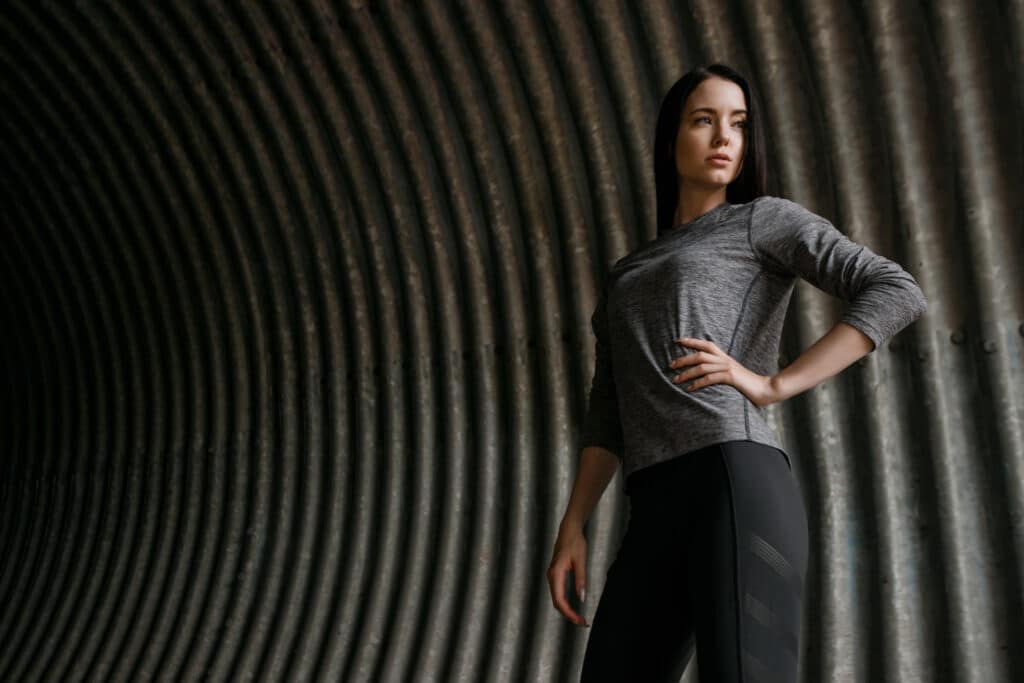
Building a Versatile Gym Wardrobe on a Budget
You don’t need to spend a fortune to dress appropriately for the gym. Here’s how to build a functional wardrobe without breaking the bank:
Start with basics: 3-4 moisture-wicking tops, 2-3 pairs of bottoms, proper athletic underwear, and one quality pair of shoes matched to your primary activity. This gives you enough options to work out multiple times per week without doing laundry constantly.
Invest in quality where it matters most. Your shoes and sports bras (for women) are worth spending more on because they directly impact your performance and comfort. You can save money on basic tops and shorts by shopping sales or checking out budget-friendly athletic brands that still offer quality moisture-wicking fabrics.
Many major retailers offer excellent athletic lines at a fraction of designer prices. Brands don’t always correlate with quality, especially when it comes to basic workout essentials.
Seasonal Considerations
Your gym wardrobe needs will shift with the seasons, especially if you exercise outdoors.
Summer Workouts
Prioritize lightweight, breathable fabrics in lighter colors that reflect heat rather than absorbing it. Tank tops and shorts keep you coolest. If exercising outdoors, don’t forget sunscreen and a hat.
Winter Workouts
Layering is key for outdoor winter workouts. Start with a moisture-wicking base layer, add an insulating middle layer, and finish with a wind-resistant or waterproof outer layer. You can remove layers as you warm up. For indoor winter workouts, your standard gym attire works fine—just remember to bring a warm jacket or hoodie for the trip to and from the gym.
Caring for Your Gym Clothes
Proper care extends the life of your workout wardrobe and keeps everything fresh.
- Wash after every use: Sweat and bacteria build up quickly, even if you don’t think the clothes smell yet. Always wash gym clothes after wearing them.
- Skip the fabric softener: It coats moisture-wicking fabrics and reduces their effectiveness over time. Use regular detergent only.
- Wash in cold water: Hot water can break down elastic fibers and damage technical fabrics.
- Air dry when possible: High heat from dryers can damage elastic and technical materials. If you must use a dryer, use low heat.
- Don’t let sweaty clothes sit: Wash them as soon as possible after working out. Leaving damp gym clothes in your bag creates a breeding ground for bacteria and can lead to stubborn odors and even mildew.
Frequently Asked Questions
How many gym outfits should I own?
This depends on how often you work out and how frequently you do laundry. A good rule of thumb is to have enough outfits for one week of workouts. If you exercise four times a week, four complete outfits should suffice. This prevents the desperate morning search for clean workout clothes.
Are expensive workout clothes worth it?
It depends on the item and brand. Some premium brands offer superior quality, durability, and performance features that justify the higher price. However, many mid-range brands offer comparable quality at lower prices. The key is reading reviews, understanding what features you actually need, and recognizing when you’re paying for a label versus paying for performance.
Can I wear the same shoes for all gym activities?
While cross-training shoes are designed for versatility, serious runners should have dedicated running shoes, and heavy lifters benefit from specific weightlifting shoes. If you do varied workouts casually, cross-trainers are fine. But if you’re serious about a specific activity, invest in appropriate footwear for that activity.
Is it okay to wear old cotton t-shirts to the gym?
You can, but you probably won’t be comfortable during intense workouts. Cotton absorbs sweat and stays wet, leading to discomfort and potential chafing. If you’re just starting out and testing whether you’ll stick with a gym routine, cotton is fine temporarily. But once you’re committed, invest in proper moisture-wicking athletic wear—you’ll immediately notice the difference.
How do I prevent my workout clothes from smelling?
Wash them immediately after workouts, use enzyme-based detergents designed for athletic wear, add white vinegar to the rinse cycle occasionally, and ensure they’re completely dry before storing. Also, choose fabrics with anti-microbial properties when possible. Some people swear by soaking particularly smelly items in a mixture of water and baking soda before washing.
Should I match my gym outfit?
Matching is purely aesthetic and has no impact on performance. Wear whatever makes you feel confident and comfortable. Some people feel more motivated in coordinated outfits, while others prefer mixing and matching. The most important factors are fit, function, and comfort—not whether your top matches your leggings.
Conclusion
Choosing what to wear to the gym doesn’t have to be complicated or expensive. The key is prioritizing function over fashion, investing in quality where it matters most, and selecting pieces that make you feel confident and comfortable.
Remember, the best workout outfit is the one that helps you perform at your best and keeps you motivated to show up consistently. Whether that’s a matching set in your favorite color or a simple t-shirt and shorts doesn’t matter—what matters is that you’re moving your body and taking care of your health.
Start with the essentials: moisture-wicking fabrics, proper footwear, and appropriate support. Build your wardrobe gradually, paying attention to what works for your body and your preferred activities. And most importantly, don’t let concerns about having the “perfect” gym outfit keep you from starting your fitness journey.
The gym is for everyone, regardless of what they’re wearing. Once you find your go-to comfortable pieces, you’ll forget about what you’re wearing and focus on what really matters—crushing your workout goals and becoming the healthiest, strongest version of yourself.

